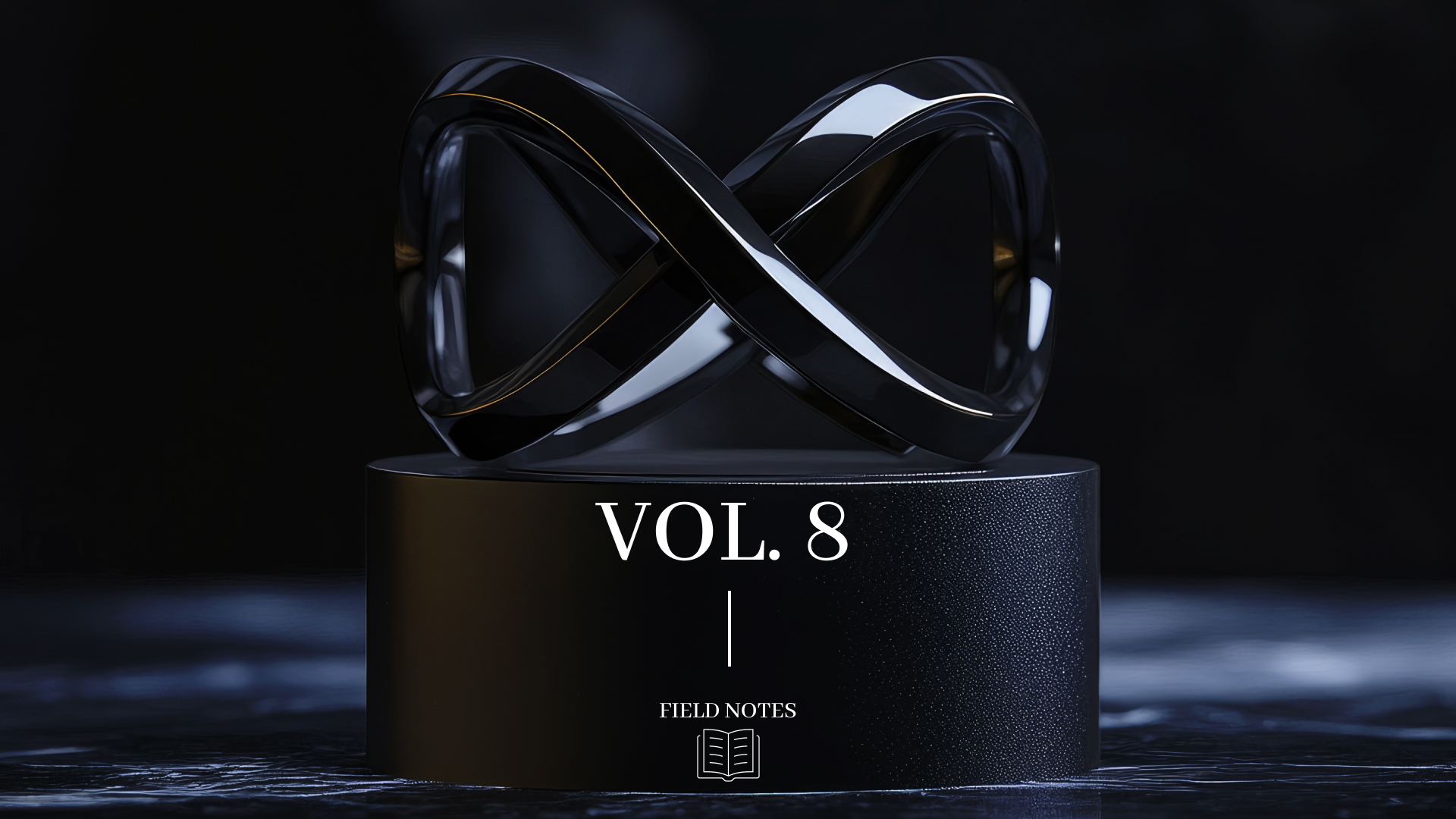
Design handoff isn’t a finish line, it’s just … the next step in a meaningful back-and-forth.
On paper, this is where a polished design makes its way to development. In reality? It’s sometimes the start of unraveling, misaligned logic, missing states, etc. Something that looked sharp in Figma but doesn’t quite hold up in code.
We shouldn't point fingers for fault, it’s just how fragmented the process can be if your team isn't thoughtful and connected from the beginning.
So maybe instead of treating handoff as a singular event, we treat it like what it actually is ... an ongoing collaboration between designers and developers, built on shared understanding and frequent check-ins. Not a handoff, really. More of a relay.
Build Relationships Early, Not Just Assets
We talk a lot about getting design involved early in product planning. But the same should be said for engineering.
Loop devs in early ... and often. Some want a seat at the table right when feature discussions begin. Others are more comfortable joining once there’s a wireframe or general direction in place. Either approach works. What matters is the invitation and clear and open communication.
Bring them into design reviews. Ask what’s reusable, what’s risky, what’s clever ... but maybe not worth it. Make space for those conversations, even if it’s just a quick async Teams or Slack ping.
When engineers feel like co-creators and not just the last stop in the process ... everything tends to run a bit smoother. There’s more trust, more flexibility, and in the end fewer surprises.
Document with Purpose
You don’t need to annotate every single pixel. Honestly, most people won’t read it all anyway. Gone are the days of heavy manual redlines, Figma inspect has you covered.
The goal here isn’t to explain every decision in exhaustive detail ... it’s to make the critical stuff obvious. Reminder: Just because it's obvious to you, doesn't mean it's obvious to everyone else!
Most engineers I’ve worked with just want a few clear things:
- What’s the intended flow?
- What happens in edge cases? (don't forget the edge cases!)
- What do empty or error states look like? (often overlooked by junior designers - myself included)
- Are we using standard components or introducing something new?
- Who can they ask when something doesn’t quite add up?
Use whatever tools fit your team. Figma comments, zeroheight, Loom walk-throughs, a good old-fashioned Google Doc, it doesn’t really matter. Just make sure the important stuff isn’t buried in a sea of notes.
And maybe don’t call everything “Final_Final_v6_2025_REVIEW_THIS_ONE.” That helps too.
Speak Their Language ... and Help Them Understand Yours
Learning even a little bit of code changed the way I designed.
Not because I wanted to become a developer, I didn’t and I don't! But because once I understood the basics (how layout works in CSS, how components are reused, how native iOS handles interactions at a code level), I could design more clearly and make better tradeoffs.
It wasn’t about “designing within the system.” It was about designing with it.
This works both ways, by the way. A quick primer on design tokens, spacing systems, or accessibility can go a long way for a developer. Especially if they didn’t come up through a design-heavy team.
It’s not about becoming interchangeable. It’s just about making collaboration easier.
Leave Room for Questions
Even with great documentation, questions come up. That’s normal and shows the team cares about the product.
A good handoff process leaves room for that. You might do a live walk-through. Or record a quick async overview and send it along with the file. Some teams I’ve worked with use a shared QA doc to track decisions and open questions during dev, just something light and easy to reference.
Honestly, the format matters less than the signal it sends: “This isn’t final, let's talk to me.”
It’s about reducing ambiguity, not pretending we can eliminate it entirely.
What Good Handoff Looks Like
Some of the best handoffs I’ve been part of didn’t really feel like handoffs at all.
We had devs in early design reviews. Designers poked at test builds before launch. Everyone knew what was coming and why. So by the time we reached “handoff,” most of the hard questions were already answered.
Other times, yeah, it was messier. Tight deadlines, a little chaos, not everything accounted for. But when the team had trust and a rhythm, even those rushed builds came together.
If I had to sum it up: good handoff is less about the deliverables, and more about the relationship.
Final Thought
You’re not just handing off a design file. You’re handing off intent. Don't "throw designs over the fence" and hope they are understood ... collaborate, communicate, and work as an atomic team.
Remember, in communication to other disciplines ... the layout, the motion, the spacing, etc. those matter. But what matters more is the purpose behind them. What the user’s supposed to feel. Why the flow moves that way. What tradeoffs were made, and which ones aren’t up for grabs.
The best products don’t come from perfect handoff checklists. They come from teams that stay in sync and stay in touch. How do you and your teams make sure you work together throughout the whole process and insure you aren't just "throwing designs over the fence"? I'd love to hear about your thoughts, connect with me on LinkedIn and let's chat.

Until the next volume, thanks for joining me.
Andrew Preble
